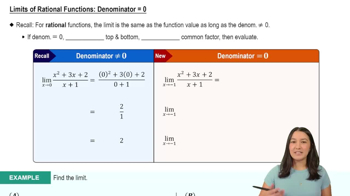Suppose you park your car at a trailhead in a national park and begin a 2-hr hike to a lake at 7 A.M. on a Friday morning. On Sunday morning, you leave the lake at 7 A.M. and start the 2-hr hike back to your car. Assume the lake is 3 mi from your car. Let f(t) be your distance from the car t hours after 7 a.m. on Friday morning, and let g(t) be your distance from the car t hours after 7 a.m. on Sunday morning.
b. Let h(t)=f(t)−g(t). Find h(0) and h(2).






